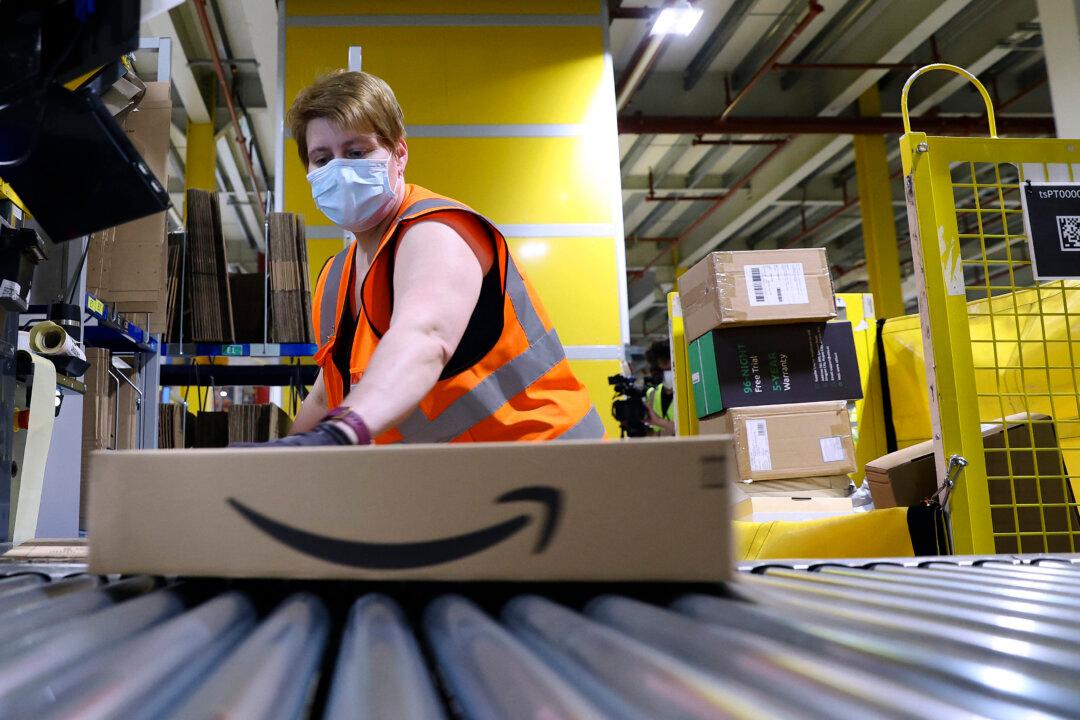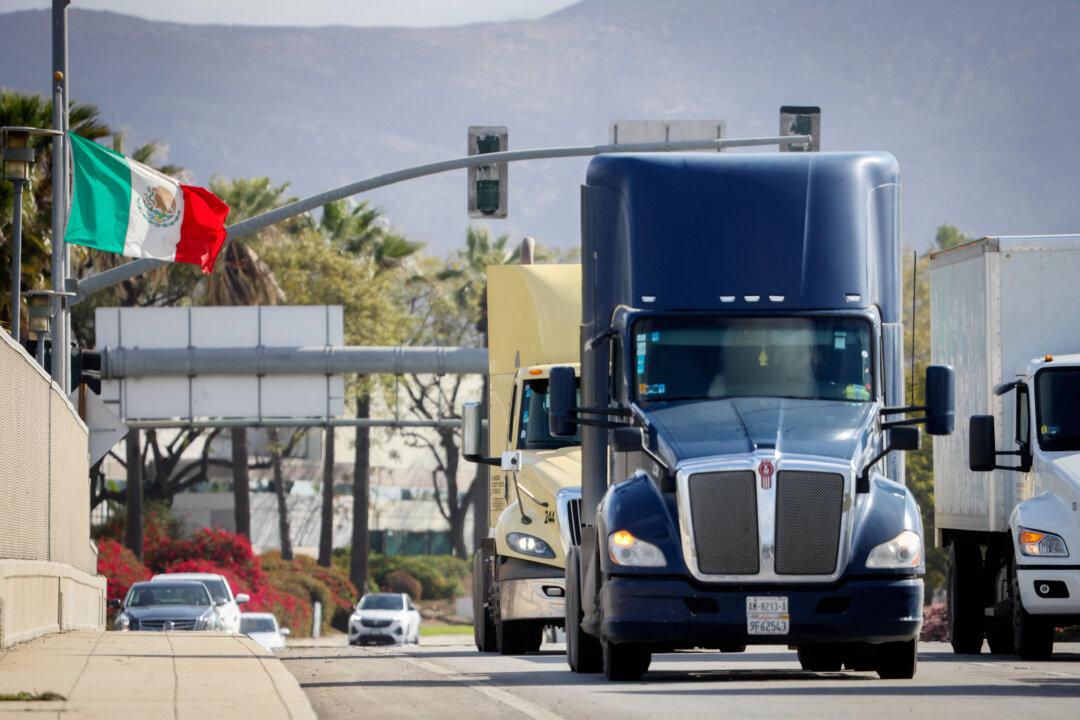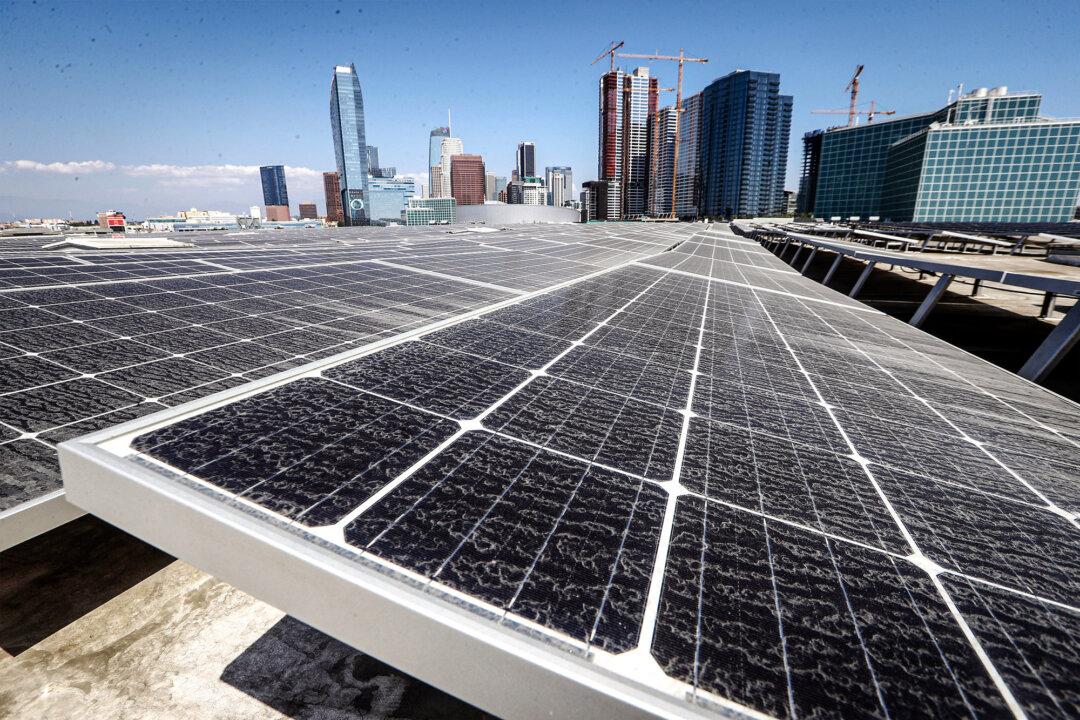“This investment will also grow our rural delivery network’s footprint to over 200 delivery stations, and we estimate it will create over 100,000 new jobs and driving opportunities through a wide range of full-time, part-time, and flexible positions in our buildings and on the roads,” the company said.
“Once this expansion is complete, our network will be able to deliver over a billion more packages each year to customers living in over 13,000 zip codes spanning 1,200,000 square miles—an area the size of Alaska, California, and Texas combined.”
The effort focuses on small towns in the United States. Amazon plans on expanding at a time when many logistics providers “have backed away from investing in rural customers and communities.”
Amazon estimates that by the end of next year, its rural delivery network will triple in size, with average delivery times being cut in half.
For each new facility opened as part of expansion, an estimated 170 new jobs on average shall be created at the delivery station level, Amazon said, adding that other job opportunities would be extra, such as those created via the Delivery Service Partner (DSP) and Amazon Flex programs.
DSP is a program in which small businesses set up delivery services to transport Amazon goods. Flex is aimed at individuals who want to make some extra money delivering Amazon packages using their own vehicles.
The flex program has been caught up in legal conflicts involving driver contracts.
“As Amazon exerts considerable control over the Flex drivers in their deliveries and the deliveries are part of Amazon’s usual business, the drivers qualify as Amazon employees, not independent contractors, and should be paid accordingly,” Joseph Sellers, partner at Cohen Milstein Sellers & Toll PLLC and attorney for the drivers, said at the time.
In an emailed statement to The Epoch Times, an Amazon spokesperson said the Flex program enables individuals to make “competitive pay” while setting their own schedules and being their own boss.
“We hear from most of the Amazon Flex delivery partners that they love the flexibility of the program, and we’re proud of the work they do on behalf of customers every day,” the spokesperson said.
In its April 30 statement, Amazon said it is the leading job creator in the United States, having created more than 500,000 jobs over the past five years.
UPS Delivery Cut, Tariff Rumor
Amazon’s decision to expand rural delivery comes as the United Parcel Service (UPS) recently said it was aiming to cut half of its Amazon business by the second half of the year.“Our contract with Amazon came up this year, and so we said it’s time to step back for a moment and reassess our relationship because if we take no action, it will likely result in diminishing returns,” she said.
“This volume is not a healthy fit for our network. The Amazon volume we plan to keep is profitable and is a healthy volume,” she said, adding that Amazon currently makes up 11.7 percent of UPS revenue.
The report had triggered comments from the White House, with press secretary Karoline Leavitt saying on April 29 that such a move would amount to a “hostile and political act.”
“Why didn’t Amazon do this when the Biden administration hiked inflation to the highest level in 40 years?” she said.
Amazon denied that it would be carrying out the plan, saying it never considered displaying tariff information on its website.
“The team that runs our ultra-low cost Amazon Haul store considered the idea of listing import charges on certain products. This was never approved and is not going to happen,” Amazon spokesperson Tim Doyle said in an emailed statement to The Epoch Times.







